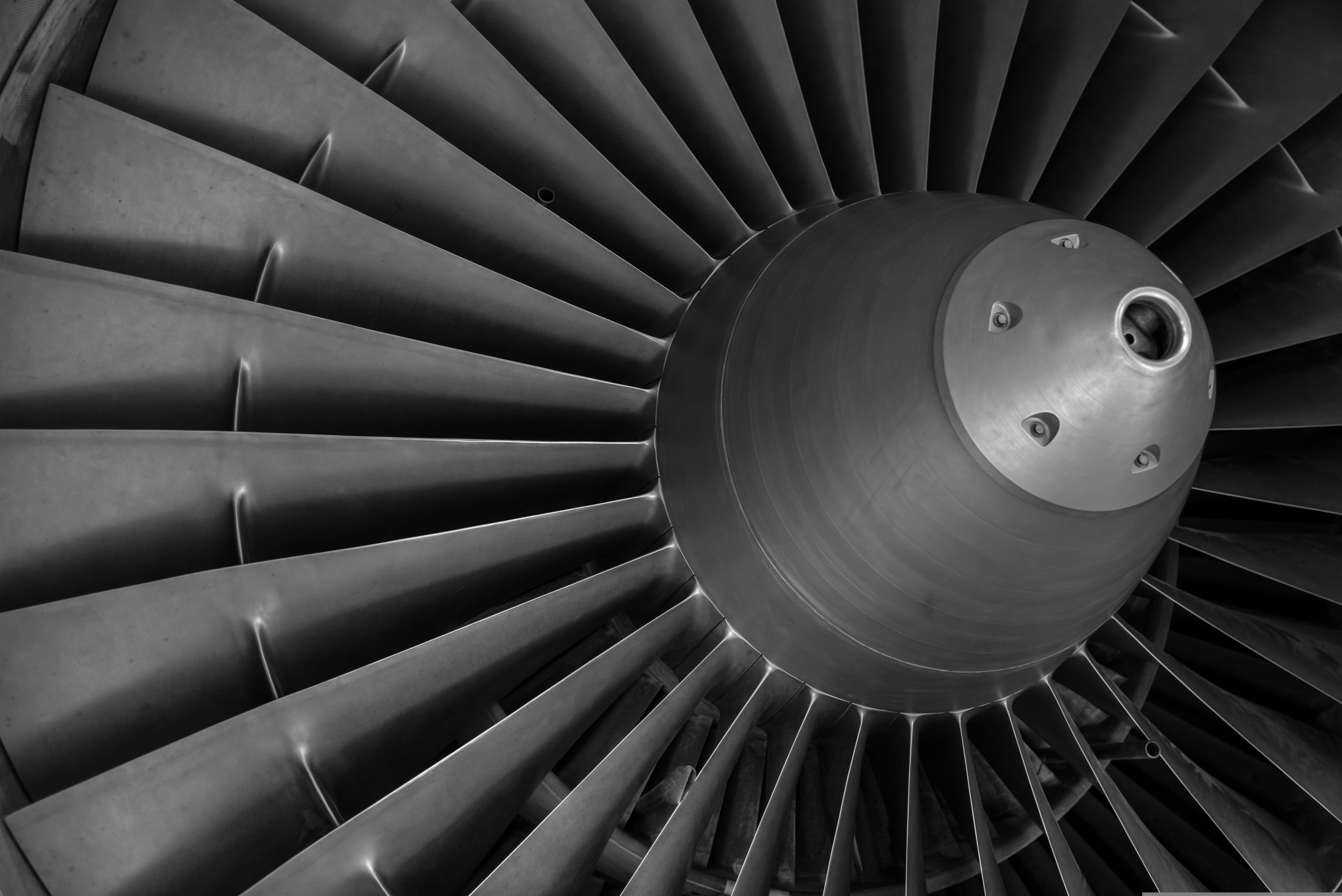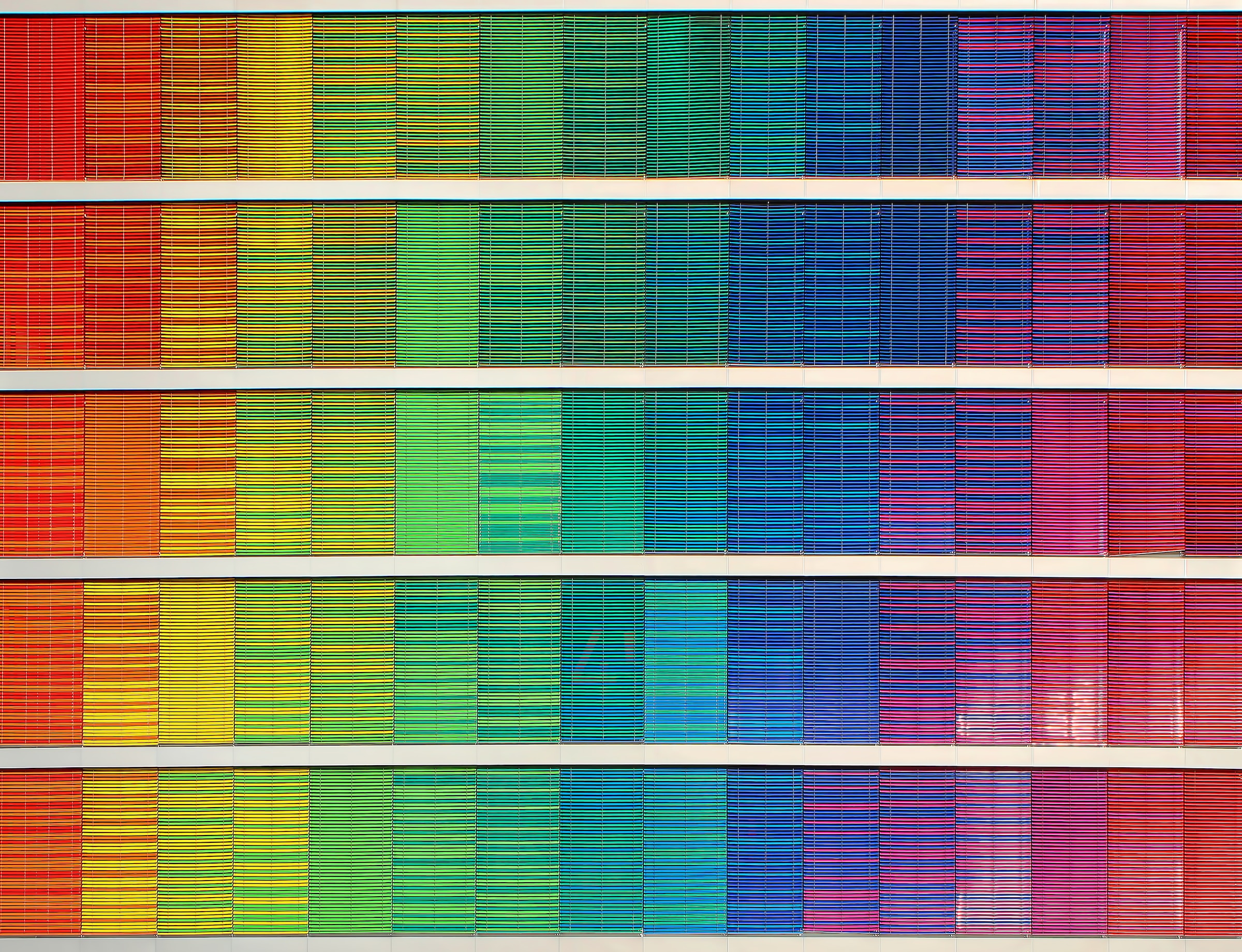
How direct air capture removes CO2 from our atmosphere
Direct air capture (DAC) is a technology that can remove CO2 from the atmosphere and store it permanently in geological formations or use it for various purposes. DAC is a method of achieving carbon dioxide removal (CDR), which is essential for reaching net-zero emissions by 2050 and limiting global warming to 1.5°C. In this article, we will discuss the aspects of DAC.
The technology behind DAC
DAC technologies extract CO2 directly from the ambient atmosphere using chemical or physical processes. CO2 can be captured by bringing air into contact with a liquid solvent (usually amine-based or caustic) or a solid sorbent (such as activated carbon or metal-organic frameworks) that selectively binds to CO2 molecules. The CO2 is then released from the solvent or sorbent by applying heat, pressure, or electricity, resulting in a concentrated stream of CO2 that can be dehydrated and compressed for storage or utilization.
DAC technology varies depending on the type of solvent or sorbent, the configuration of the contactor (the device that exposes the air to the solvent or sorbent), and the energy source for regeneration (the process that recovers the solvent or sorbent for reuse). For example, some DAC systems use fans to force air through a contactor, while others rely on natural wind or convection. Some DAC systems use low-grade heat (such as waste heat from industrial processes) for regeneration, while others use electricity (preferably from renewable sources) or solar thermal energy.
How DAC can help on the net-zero pathway
DAC provides a way to remove CO2 from the atmosphere and account for emissions that are impossible to avoid or eliminate, such as those from aviation, shipping, cement and steel manufacture, and agriculture. DAC can also provide a source of low-carbon or carbon-neutral fuels and chemicals by combining the captured CO2 with hydrogen produced from renewable electricity or biomass. These fuels and chemicals can be used in sectors that are hard to electrify or decarbonize, such as aviation, shipping, and plastics.
DAC can also contribute to negative emissions when the captured CO2 is permanently stored in deep geological formations, such as depleted oil and gas reservoirs, saline aquifers, or basalt formations. Negative emissions are needed to compensate for residual emissions and historical emissions that have accumulated in the atmosphere over time. According to the International Energy Agency (IEA), DAC could capture almost 60 Mt CO2/year by 2030 and up to 1.9 Gt CO2/year by 2050 in the Net Zero Emissions by 2050 Scenario.
Where can you find these DAC facilities
DAC operations can take place in any location where there is sufficient space, access to energy and water, and proximity to storage or utilization sites. DAC plants can be modular and scalable, allowing for flexibility and adaptability to different environments and conditions. However, some locations may offer advantages over others in terms of cost, performance, and environmental impact.
For example, locations with low humidity and high wind speed may enhance the efficiency and effectiveness of DAC systems by increasing the contact area and mass transfer rate between the air and the solvent or sorbent. Locations with abundant low-cost renewable electricity or waste heat may reduce the energy cost and carbon footprint of DAC systems by providing clean and cheap energy for regeneration. Finally, locations with nearby geological storage sites may lower the transportation cost and risk of CO2 leakage by minimizing the distance and infrastructure required for CO2 injection.
Select players in DAC
- Carbon Engineering (website): A Canadian company that uses large fans and chemical processes to capture CO2 and either produce synthetic fuels or deliver it to sequestration sites.
- Climeworks (website): A Swiss company that uses modular units and renewable energy to capture CO2 and either sell it to various markets, such as greenhouses and carbonated drinks manufacturers, or transfer it to geological storage.
- Removr (website): A Norwegian company that is building a solid sorbent carbon removal facility to capture CO2 from the atmosphere and store it underground.
- Skytree (website): A Dutch company that uses electrochemical processes to capture CO2 from the air and recycle it into useful products, such as bioplastics, fertilizers, or fuels.
- 1PointFive (website): An American company that also applies chemical processes to extract CO2, which is then either used for industrial applications or stored underground permanently.
Summary
Direct air capture (DAC) technology holds tremendous potential for addressing the urgent need to remove CO2 from the atmosphere and combat climate change. With its ability to neutralize emissions in challenging sectors, provide low-carbon fuels, and contribute to negative emissions through permanent storage, DAC offers a promising pathway towards achieving net-zero emissions and limiting global warming. As locations, technologies, and key players continue to evolve and innovate in the DAC market, we can look forward to a future where carbon removal becomes a tangible and impactful solution in the fight against climate change.
Freeze Carbon has partnered with DAC projects to support companies on their net-zero path. Please reach out if you are interested in learning more.


